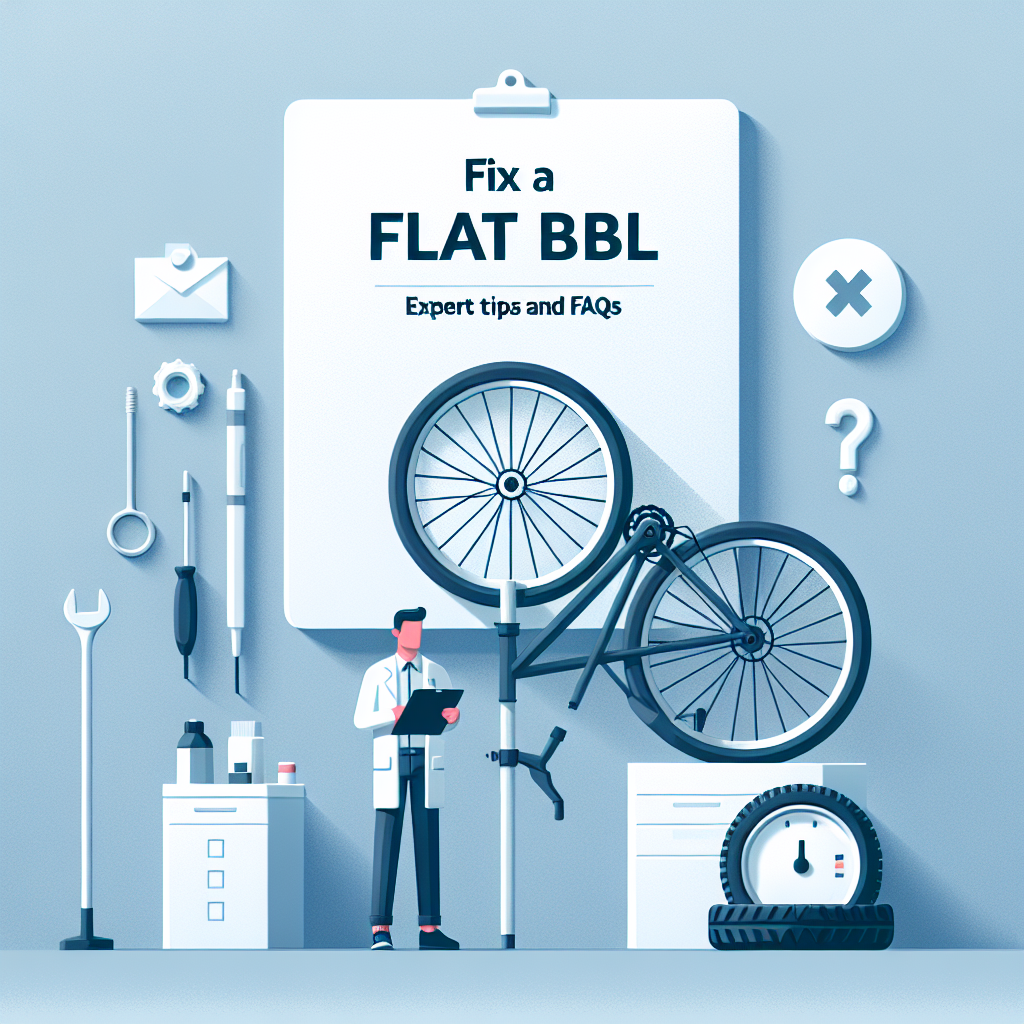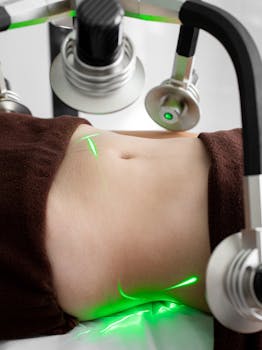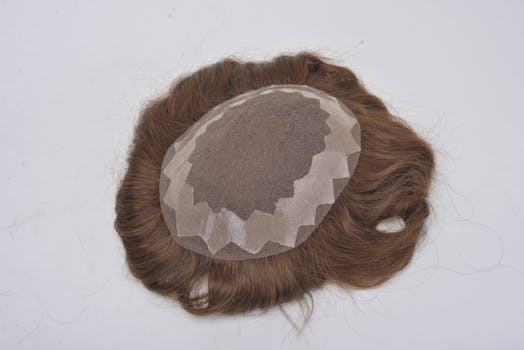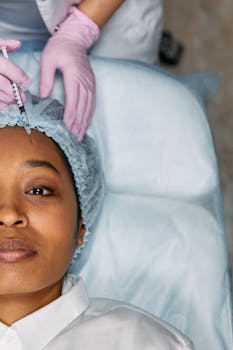Many people who undergo Brazilian butt lift (BBL) procedures seek predictable, long-lasting contour. Sometimes the transferred fat settles in a way that leaves one or both sides appearing deflated or uneven. If you’re wondering how to fix a flat bbl quickly and safely, this guide outlines practical options, aftercare strategies, and when to consult your surgeon for revision.
How to repair a flat BBL: immediate steps and evaluation
First, it’s important to determine whether the flattening represents normal postoperative fat resorption or a complication. Early post-op swelling can disguise true volume loss; give the tissues at least three months to settle before judging the final shape. When the result remains flat after the healing period, a focused assessment by your plastic surgeon should include:
- Review of your surgical notes and photos to confirm how much fat was grafted and where.
- Physical exam to evaluate scar tissue, asymmetry, and implant integrity if applicable.
- Discussion of lifestyle factors (weight loss, smoking, medications) that affect fat survival.
Options to fix and enhance a deflated result
Treatment choices depend on the amount of fat loss and your anatomy. Common approaches include:
- Fat grafting revision — a touch-up fat transfer to restore volume to the depopulated areas.
- Use of structural support techniques — improving recipient site preparation and layering grafts to reduce reabsorption.
- Alternative augmentation — in select cases, implants or combination techniques may be recommended when fat is insufficient.
Keep in mind that repeat fat grafting often yields the best natural-looking results, but patient factors such as significant weight loss or smoking can reduce graft take. Your surgeon might alter technique the second time (larger graft parcels, different placement planes) to improve survival.
Non-surgical and supportive measures
While non-surgical methods won’t replace lost fat, they can help contour and support the area during recovery or when you’re not ready for another surgery:
- Compression garments designed for buttock support to help shape early healing.
- Targeted strengthening of the gluteal muscles through physical therapy and exercise to improve projection.
- Topical and gentle skin-care practices to maintain skin quality — for eco-conscious postoperative care, consider reading about eco-friendly skincare: sustainable products and practices for healthy skin to choose milder, cleaner products that support healing.
Recovery expectations and risk management
Revision procedures carry the same fundamental risks as the initial surgery. Expect a similar downtime and adhere to all post-op restrictions, especially avoiding pressure on grafted areas for the recommended period. Smoking cessation, stable weight, and management of medical conditions are critical to maximize graft survival. If you were treated with injections and are exploring corrective steps, discuss with your surgeon whether a staged approach will yield the best outcome.
When to seek a revision consultation
Arrange a consult if you notice persistent asymmetry, sharp contour changes, or if conservative measures haven’t improved shape after the standard healing window. A revision plan should be individualized with clear goals and realistic expectations about volume retention.
- Quick recap: allow time to heal, address modifiable health factors, and consult an experienced surgeon for revision planning.
FAQs
Q: How long should I wait before having a revision?
A: Most surgeons recommend waiting 3–6 months to determine the true extent of fat resorption; in some cases, waiting up to a year gives the most accurate picture of long-term results.
Q: Is repeat fat grafting the only way to fix a flat result?
A: No — repeat fat grafting is common, but depending on your anatomy and available donor fat, implants or combination approaches may be considered. Discuss pros and cons with your surgeon.
Q: What is a “fix a flat buttocks injection” approach?
A: That term usually refers to targeted injection techniques to augment flattened areas. Whether injections are appropriate depends on prior treatments and safety considerations; consult a board-certified specialist to review options and risks.
For a medical overview of buttock augmentation techniques and considerations, see this concise reference on the procedure: medical overview of buttock augmentation.






